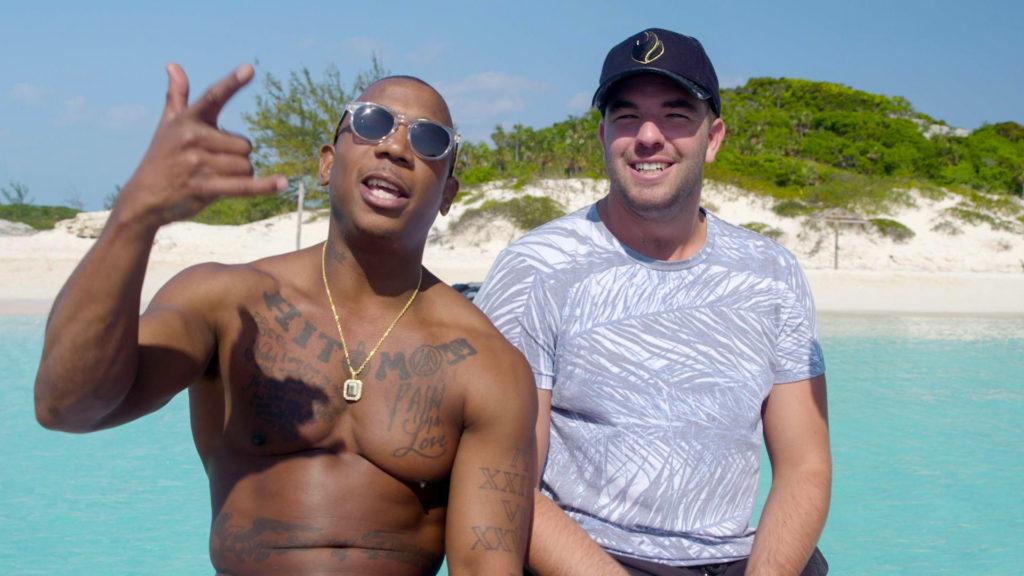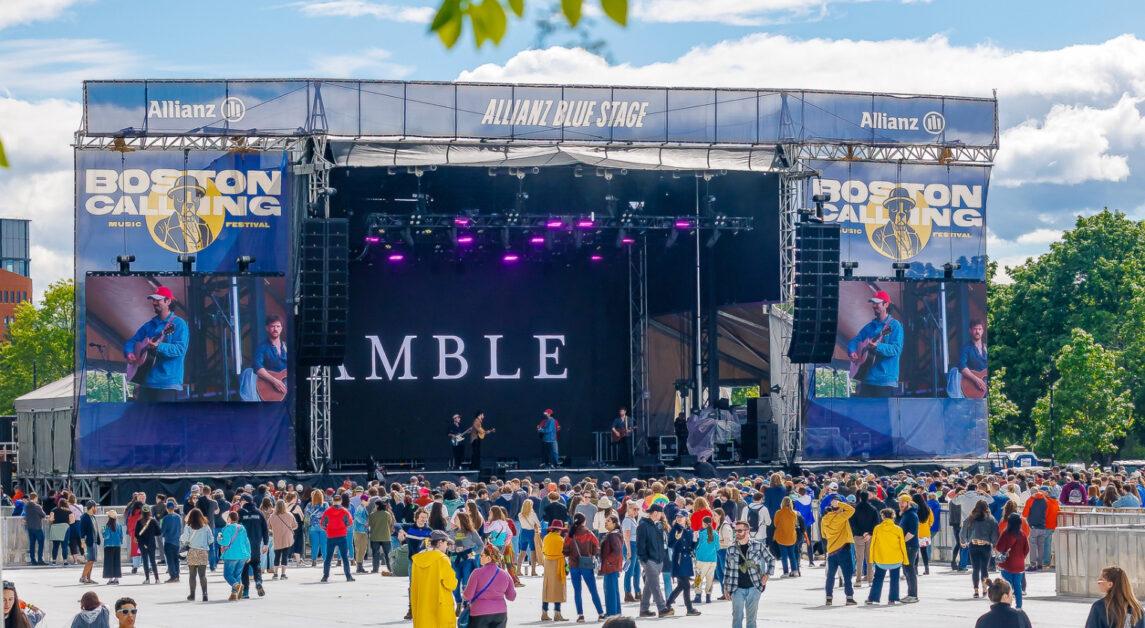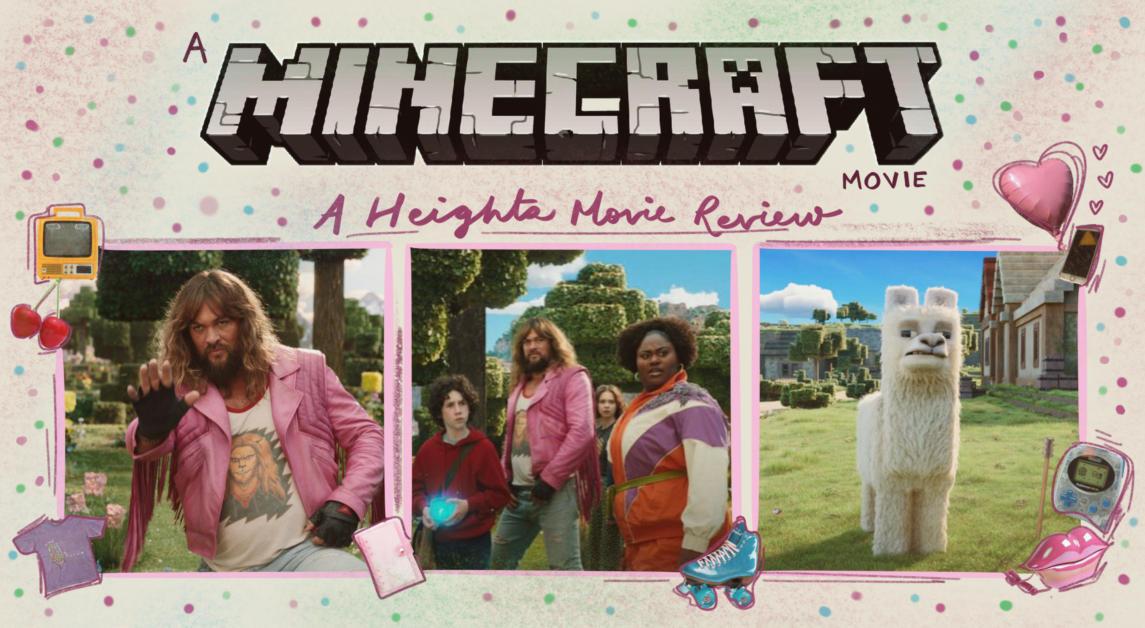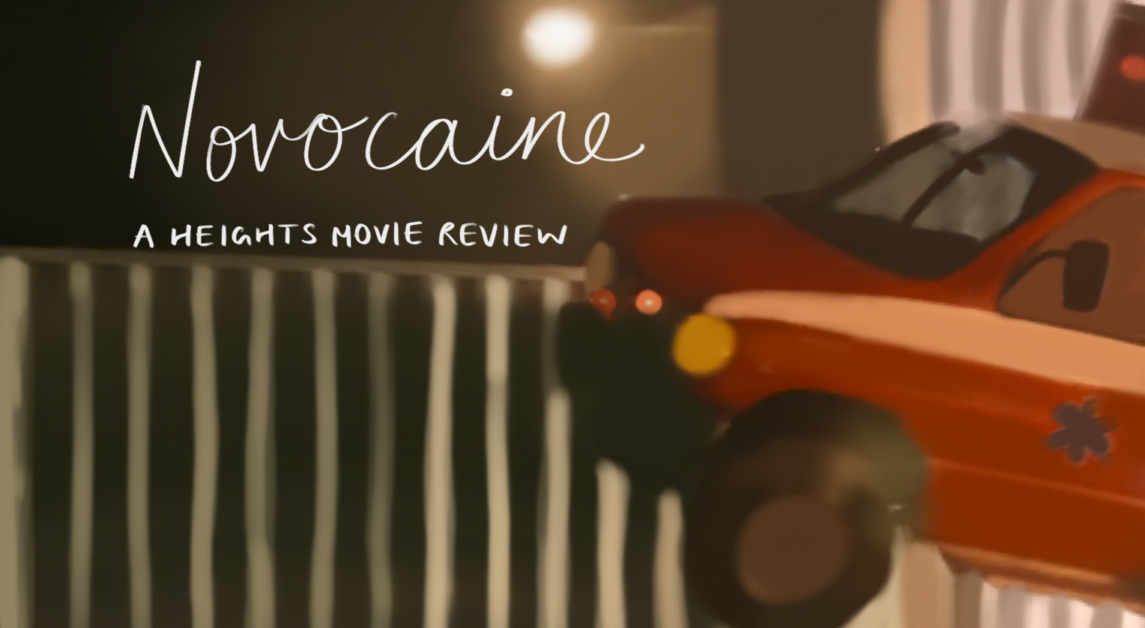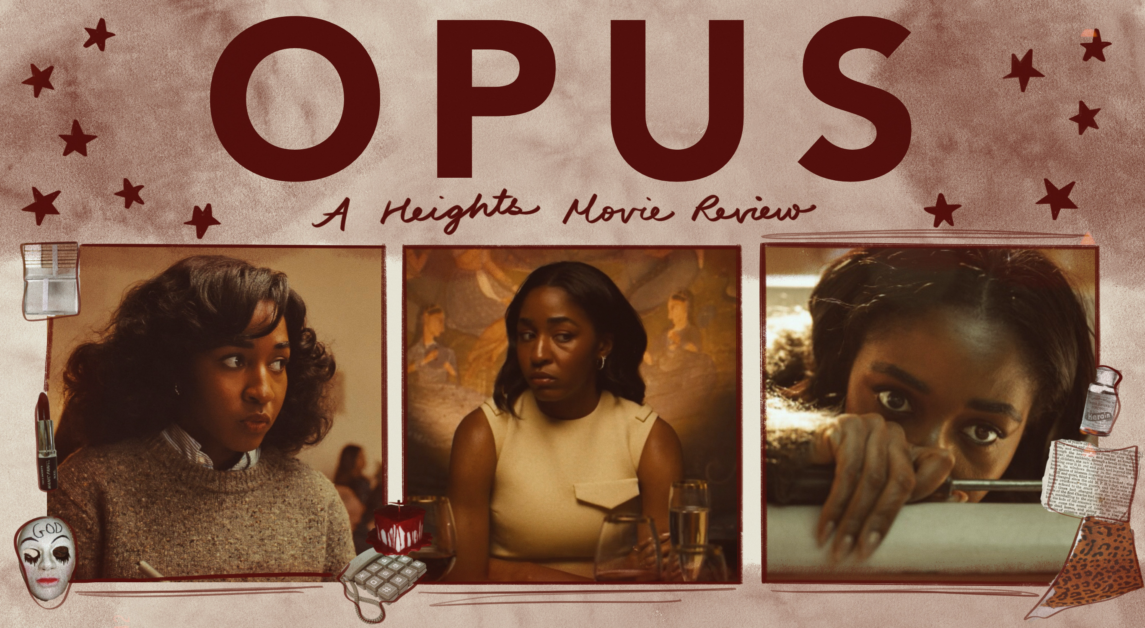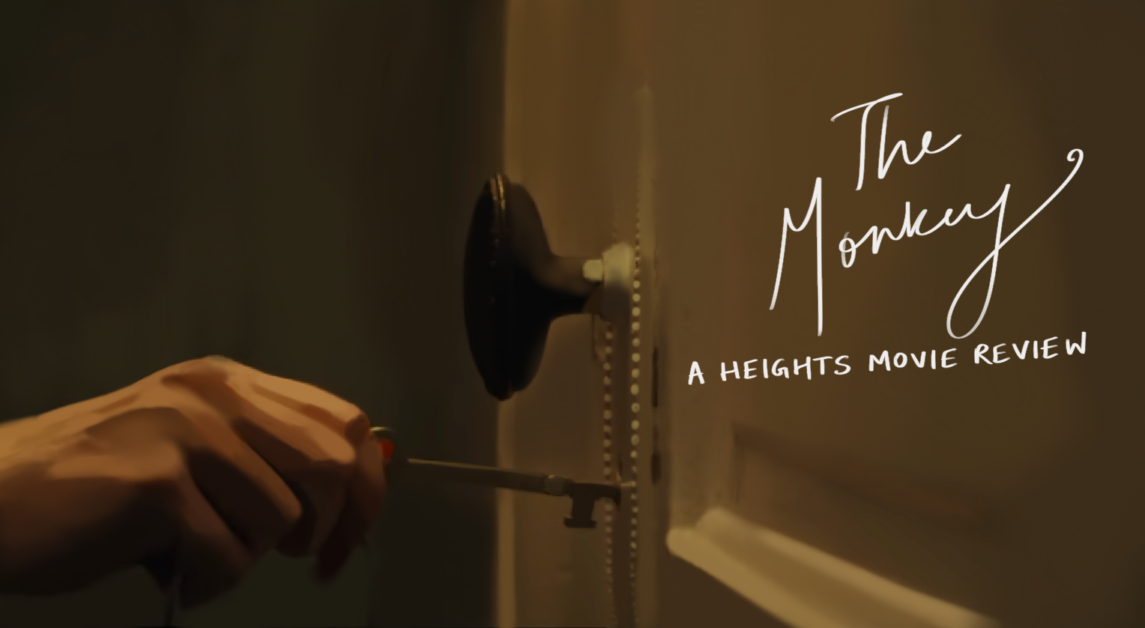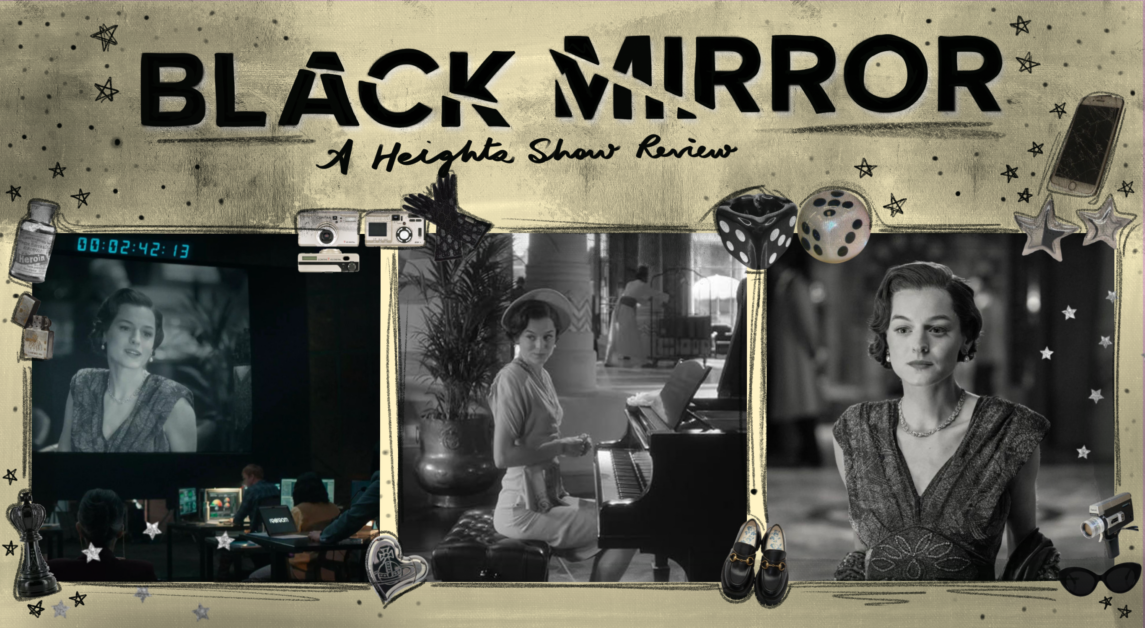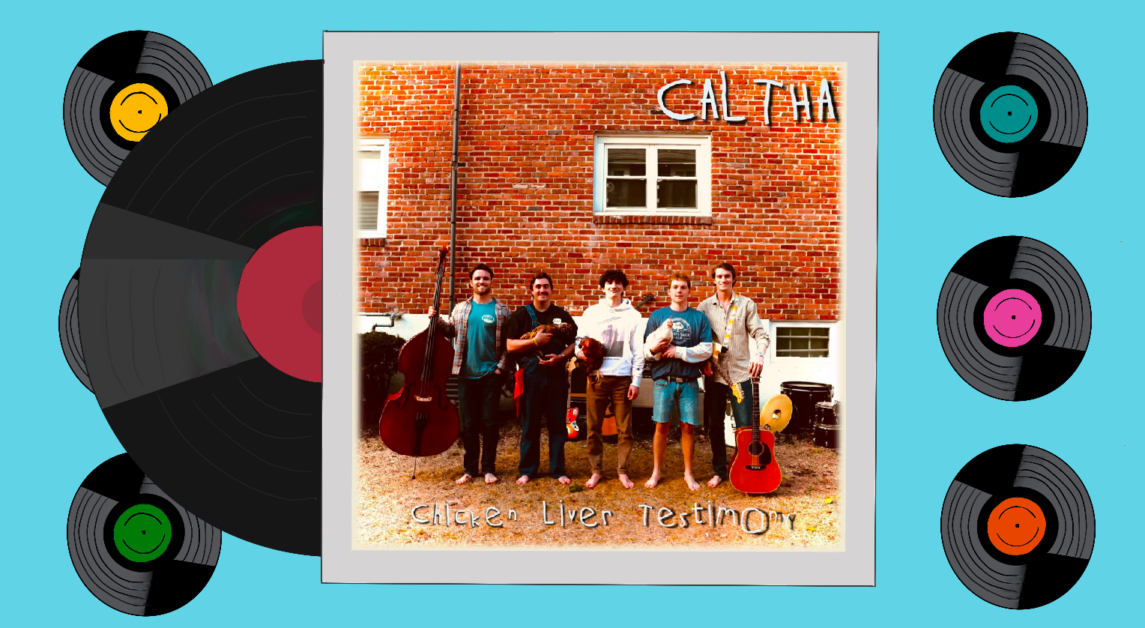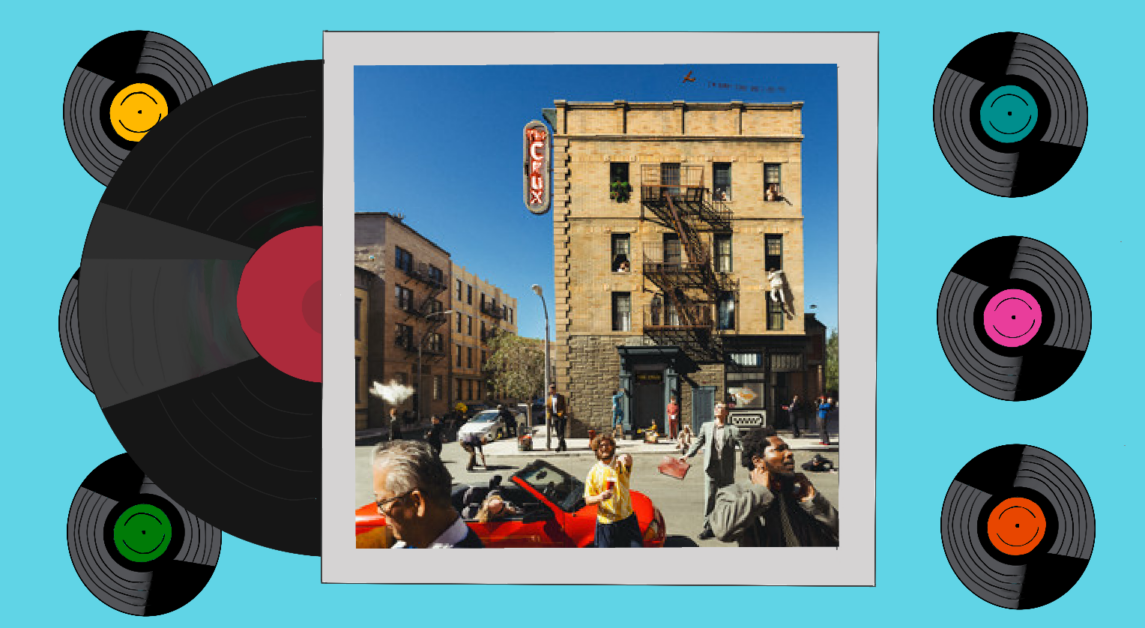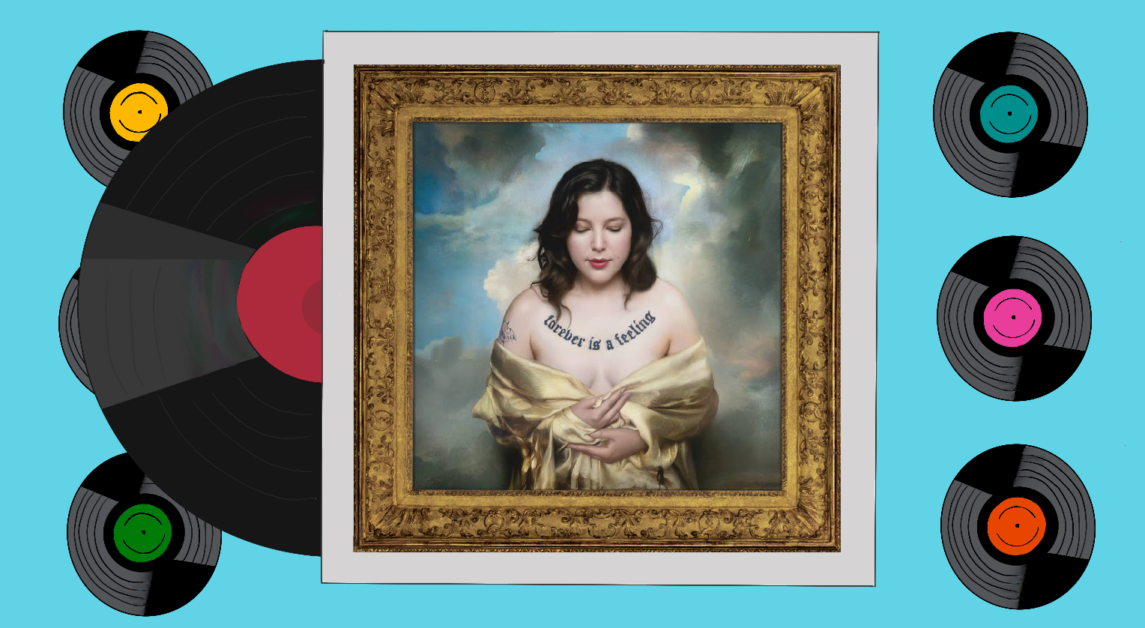
Netflix has recently put forth a number of documentaries about social media’s increasing prevalence and impact on popular culture. For instance, The American Meme follows Paris Hilton and other famous Instagrammers as they work to morph their carefully curated online images into income-generating enterprises. Similarly, Inst@famous features the creator of a different viral Instagram account in each brief episode. Although not advertently about the influencer movement, the Netflix documentary Fyre: The Greatest Party that Never Happened certainly ties into this fascinating cultural trend.
Released on Jan. 18—just four days after Hulu released its Fyre Fraud documentary—the documentary depicts the complete and utter failure of the Fyre music festival in 2017. The brainchild of entrepreneur Billie McFarland and rapper Ja Rule, the festival was originally envisioned as a way to promote Fyre Media Inc.’s main product, a booking app. Ever a shrewd capitalist, McFarland leveraged the public’s lust for fame and “living high” and shot an enticing promotional video for the festival on a private island, replete with a dozen of the most prominent models in the world.
As the documentary shows, this advertisement was beautifully shot, including panoramic views of the breathtaking tropical atmosphere, yachts, private jets, and stunning supermodels. When these models then began to promote the event on their social media pages, the Fyre Festival morphed into the event to attend, with high-priced tickets selling out in a mere few days.
One might marvel at the inception of the documentary—how an event with such potential could devolve into thousands of people getting trapped on an island with minimal food and nowhere to sleep except disaster tents left over from a hurricane. One might question, far more disturbingly, why hundreds of Bahamian workers who toiled around the clock under completely unreasonable time constraints to get the island ready for the festival never received payment for their labor. It might also shock an unknowing viewer that Billie McFarland, touted as a “promising entrepreneur” throughout the beginning of the documentary, is now a convicted felon serving six years in federal prison for fraud associated with the event.
The thought process and appalling result of the Fyre Festival seems akin to the construction of personal social media pages: The image put forth is often partially or entirely detached from reality. Billie McFarland had a vision of a luxury music festival experience in an exotic place with all of the most desirable people present. In terms of marketing, garnering investors, and bolstering belief within the Fyre team, the reality that it was impossible to host the festival successfully with the existing logistical constraints was engulfed by the image.
“We’re selling a pipe dream to your average loser, your average guy in Middle America,” McFarland says to the models and cameramen at one particularly revealing point in the documentary.
The organizers of the Fyre Festival weren’t selling a music festival so much as an image of fame, glamour, and beauty. This tactic mimics the cultivation of a marketable online image by a social media influencer such as Kendall Jenner—who, by the way, was paid $250,000 for a single promotional post about the Fyre Festival.
Fyre: The Greatest Party That Never Happened is certainly worth watching. On-screen interviews with Fyre employees, festival goers, event organizers, lawyers, and Bahamian locals create a vibrant medley of shocking anecdotes about the event that never was. These stitch together the myriad layers of the story, the complexity of which exceeds a mere instance of a pipe dream gone terribly wrong. Interestingly, footage of Billie McFarland throughout the process is readily present in the documentary, seamlessly corroborating accounts of his remarkable charisma, fixation with partaking in a luxury lifestyle, and grotesquely fraudulent ways.
The commentary and video footage allow a casual viewer to understand how a participant in the event could have become enamored with the dream of the Fyre Festival. The coverage of the festival’s epic downfall is at times humorous, but undeniably sobering as it demonstrates the power a smooth-talking, deeply dishonest individual with access to wealth and social media can have over a massive number of people.
Featured Image by Netflix

